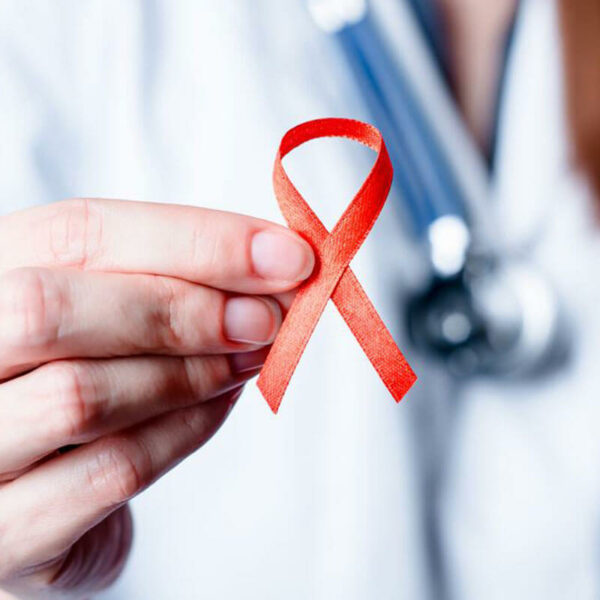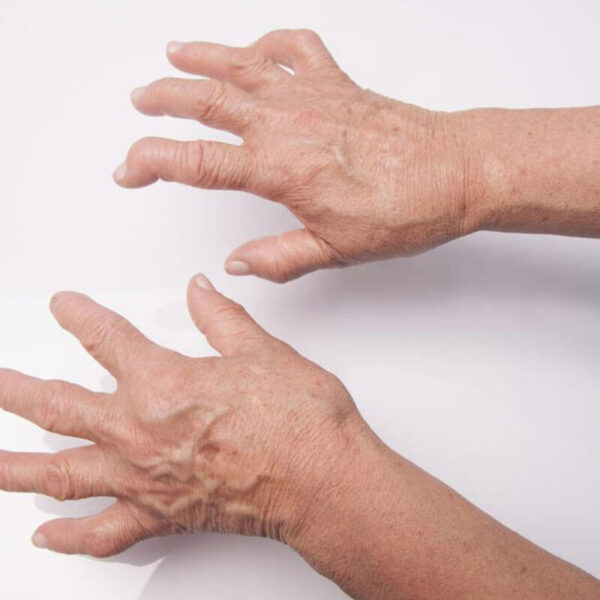
Atopic Dermatitis – Treatment Options That Can Be Tried at Home
Atopic dermatitis is an unusual skin condition which causes strong itching and leads to the formation of red rashes. In some cases, these red rashes form bumps which look much similar to blisters. It can be a long-term chronic skin problem for some people and requires a combination of treatments. When infants suffer from this problem, it affects their cheeks, front portion of knees, and the back of their elbow. Atopic dermatitis is also known as eczema or atopic eczema. For atopic dermatitis, treatment varies as per the condition and usually depends on the kind of rash that a person has. People who have mild cases of atopic dermatitis can be treated at home and can use skin barrier repair moisturizers. When used on a regular basis, these moisturizers help in controlling the itching in a span of three-weeks. Serious rashes including oozing rashes which have fluid-filled sores that cause fluids to ooze out might require medical intervention. This kind of rash indicates the presence of skin infection and adequate treatment might be needed. Similarly, scaly dry and itchy rashes might also need medical help. If severe rashes persist, doctor’s intervention might be needed, and the patient would be required to use bleach bath and wet wraps.









